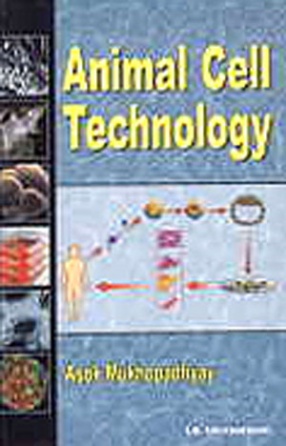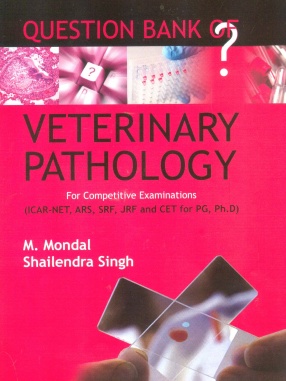Animal Cell Technology
Animal cell technology has made tremendous progress in human healthcare. With the advent of recombinant DNA and hybridization technology it is now possible to manufacture many complex therapeutic proteins using animal cells, which otherwise could not be produced or isolated from natural sources. Another form of products where cells are directly involved is regenerative medicine and tissue engineering. Hence, the future of healthcare relies on the progress on these new endeavors of animal cell technology.
Broadly divided into four sections and sixteen chapters this book is meant for the diverse background of students starting from the basic biology to the bioengineering discipline. Since, animal cell technology commands proper understanding of cell biology, DNA Technology, immunology and bioengineering, the goal of this book is to amalgamate knowledge from these fields and pass on to the readers who intend to start professional career in academic or in industrial research.
An animal cell is a unique factory, where thousands of genes are encoded and transcribed; products are translated, and finally processed to biologically active molecules. It is therefore, important to understand inside of a cell, how cellular functions are coordinated, limitation of cells, reasons for proliferation and cellular death. The very first section of the book deals with the basic biological aspects to understand cell and how it functions. The second section offers basic cell culture technology among the readers. This section covers preservation of animal cells, cell culture medium, culture environment, good manufacturing practices and equipment, quantitative analysis, etc. In the third section, recombinant therapeutic proteins, large-scale cell culture, and scale-up processes are discussed. The fourth section provides glimpses of the advanced studies, where therapeutic applications of cells and tissues have been discussed. Embryonic and somatic stem cells, cloning, tissue engineering are the main subjects of this section. Finally, in the concluding section the future perspective of animal cell culture technology has been discussed.
Get it now and save 10%
BECOME A MEMBER








Bibliographic information